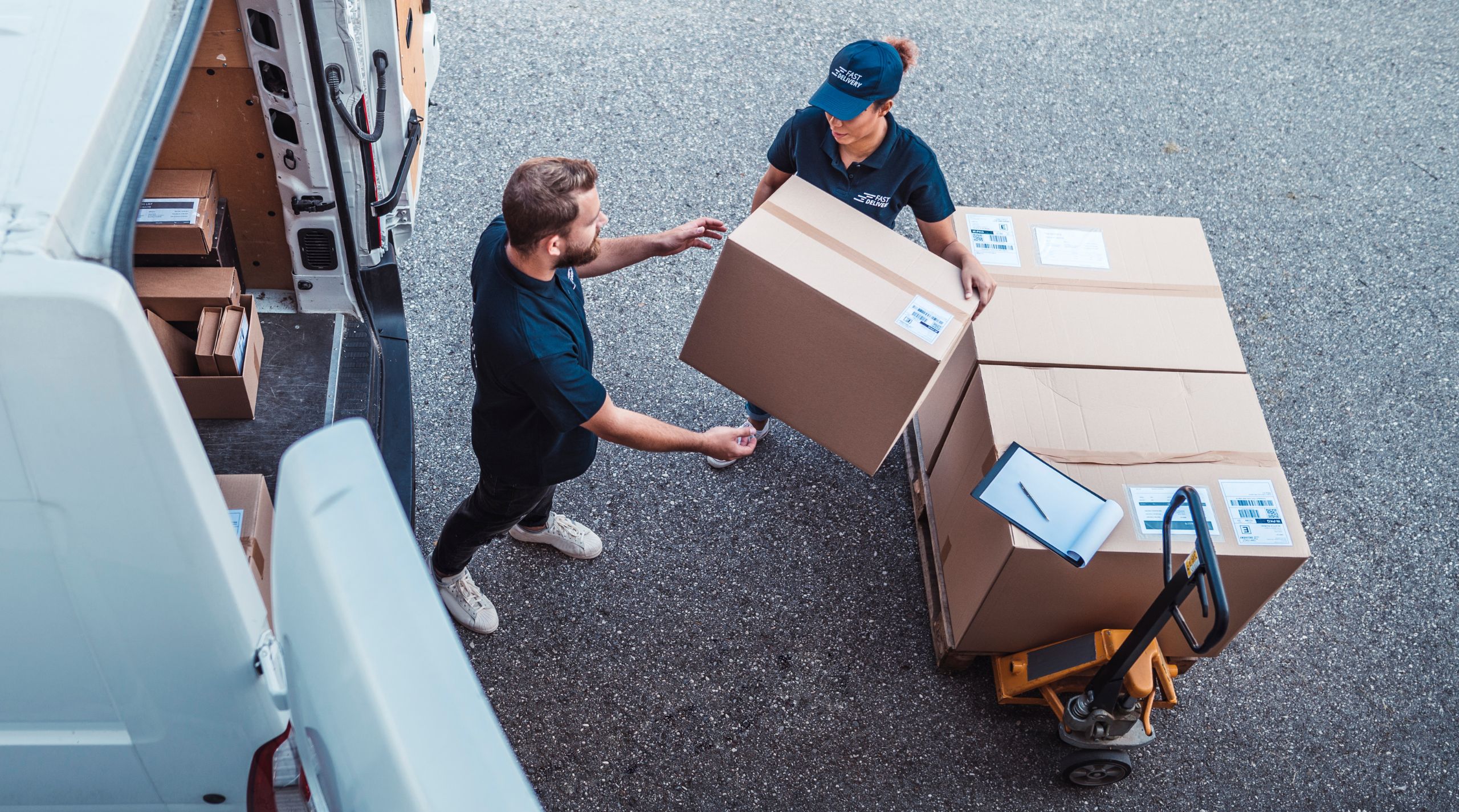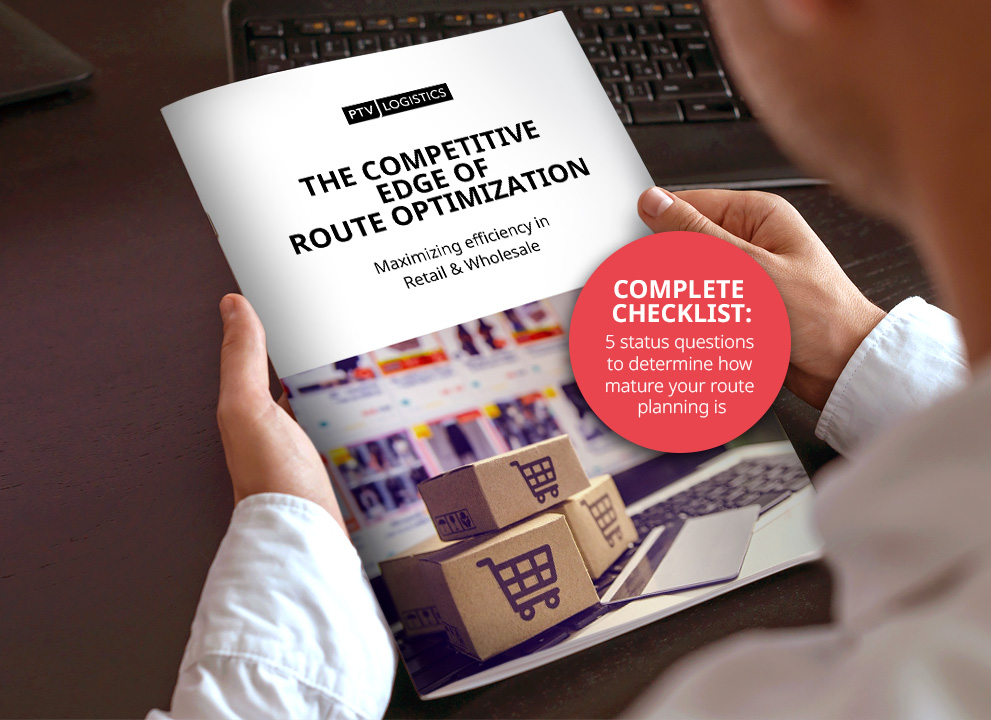Since 2020, the retail sector has had to completely change operations to meet evolving consumer demand. The pandemic shifted shopping from in-store to online, introduced greater competition and was buoyed by stronger consumer purchasing power. At the same time, global supply chain issues made meeting demand more challenging. All this had a knock-on effect for the logistics sector, forcing it to rethink how they could offer a competitive service without increasing costs.
However, in 2024, the impact of high interest rates and a return to pre-pandemic habits meant many of the trends we thought were here to stay were simply passing fads. So how will things look for the retail logistics sector in 2025? Here are seven trends we think you should be looking out for over the next 12 months.
1. The AI buzz isn’t going away
The hype of generative AI continued throughout 2024, uplifting the use of AI-based technologies generally. It’s clear that this trend will grow throughout 2025 and beyond with around 72% of organizations globally already adopting AI. The logistics sector is no different, and many companies are using it to optimize their operations, from planning more efficient routes to reduce costs and emissions, to using predictive modelling that can more precisely forecast demand.
2. More tech, better tools
In addition to AI, logistics companies will continue to rely on technology more broadly to improve efficiency, reduce costs and offer a better service to customers. For example, the use of automation technology for tasks such as route planning can help retail logistics providers improve operations without putting additional pressure on human resources. More sophisticated tracking technology can also be used to improve customer service by giving people real-time updates of their parcel’s location.
DOWNLOAD WHITEPAPER
Your Essential Guide to Smarter Route Planning and Cutting Costs
Automation is transforming logistics, but are you leveraging the full potential of route optimization? Learn how innovative technologies like smarter route planning is transforming the retail and wholesale industry.
3. Customer experience trumps everything
And great customer service will be increasingly important in 2025 for companies to differentiate themselves from the competition. As the current economic environment is causing consumers to tighten their purse strings, brands need to show how they’re offering value for money. Technology has levelled the playing field by helping companies reduce costs, so the only way many can compete is through the service they offer. This year, retailers offering things like fast delivery, flexible time slots and international shipping at little-to-no extra cost will come out on top. For example, 56% of shoppers abandon their shopping cart if the delivery time is too slow and 61% would pay more for same-day delivery. Logistics companies need to support retailers in achieving these goals if they’re to succeed, so optimising operations without affecting the bottom line will be crucial.
4. Sustainability moves up the agenda
Alongside the demand for speedier deliveries is the desire for more sustainable supply chains. The retail logistics space can support this by reducing mileage, and therefore emissions, through more efficient route planning. Optimization tools, such as PTV OptiFlow, leverage AI to optimize routes that can incorporate multiple constraints, including CO2 emission reduction, much more quickly. This also has the added benefit of saving costs. And, as more retail logistics companies look to electrify their fleets, optimisation software can help plan routes that factor in charging locations.
Reverse logistics will also play a prominent role in helping to make customer returns more sustainable. Again, optimization and route planning software that incorporates AI can help integrate this into existing delivery routes to avoid make dedicated trips to collect unwanted items.
5. Risk management and resilience will be key
As the last few years have shown, to thrive in the long-term, the retail logistics sector needs to be resilient to external challenges. Global events, such as conflict, trade wars and inflation have impacted the flow of goods in the retail industry and forced logistics companies to adapt quickly to the changes in supply and demand. On top of this, local factors, such as driver availability and increased competition as retailers look to diversify their service providers, can further impact profit margins if companies are having to change plans at short notice.
While many of these events are out of the hands of logistics companies, incorporating systems and technologies that can manage this volatility without increasing costs can be a way of gaining back some control.
6. Back to the future: In-person shopping returns
After the boom in online shopping during the pandemic, trends in the US and UK are suggesting a return to in-person shopping. This means retailers now need to consider distribution not only from warehouses direct to consumer, but also to physical stores in specific locations and potentially between retail points. This added complexity to the network will require logistics providers to manage their fleets effectively to ensure stores and shoppers receive their goods on time. This is particularly important for fresh produce and just-in-time orders.
7. Costs keep getting squeezed
Even though inflation is slowing and interest rates in major economies are coming down compared to 2024, there is still reduced disposable income among consumers due to the compounding effect of high inflation from the past two years. Whilst general spending is set to increase, and buy-now-pay-later options are still popular, growth in this sector will be focused on certain areas. Spending on essentials will rise, for example, but categories like furniture and white goods will lag. This will have a knock-on effect on the logistics industry and, coupled with increasing labour and fuel costs, will require companies to focus on increasing efficiency to keep costs low.
Return to the norm?
In some areas, the retail sector will see a return to pre-pandemic trends in 2025, however many of the habits that consumers have developed since 2020 will stay. Online shopping and speedy delivery remain, but with increasing demand for good customer service – both instore and online – at no extra cost.
This blend of old and new habits can pose a challenge for the retail logistics sector who will also be under pressure to deliver against rising costs and increased competition. But, improvements in technology for the logistics sector and the integration of AI will make it a lot easier to succeed. As these tools become more readily available, companies in this sector will be able to focus on understanding their customers better and delivering a higher-quality service, enabling them find unique ways to stand out from their competitors.
Navigating the fast-paced world of retail logistics requires the right strategies and tools. If you are looking to optimize your retail operations, enhance customer experiences, or embrace sustainable practices, we are here to help. Contact us today to discover how we can support your business needs to keep you ahead of the curve.

